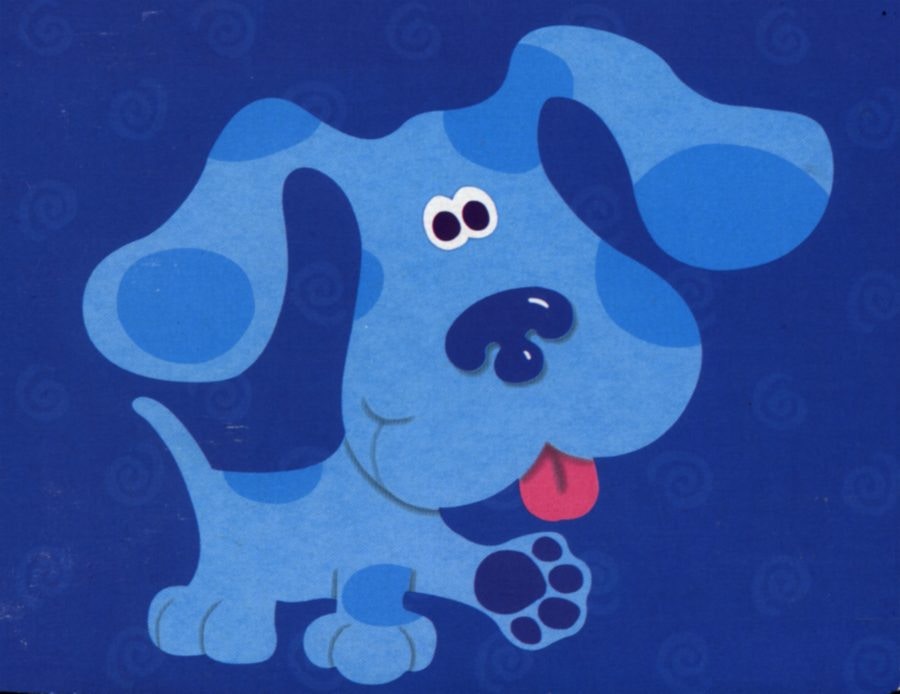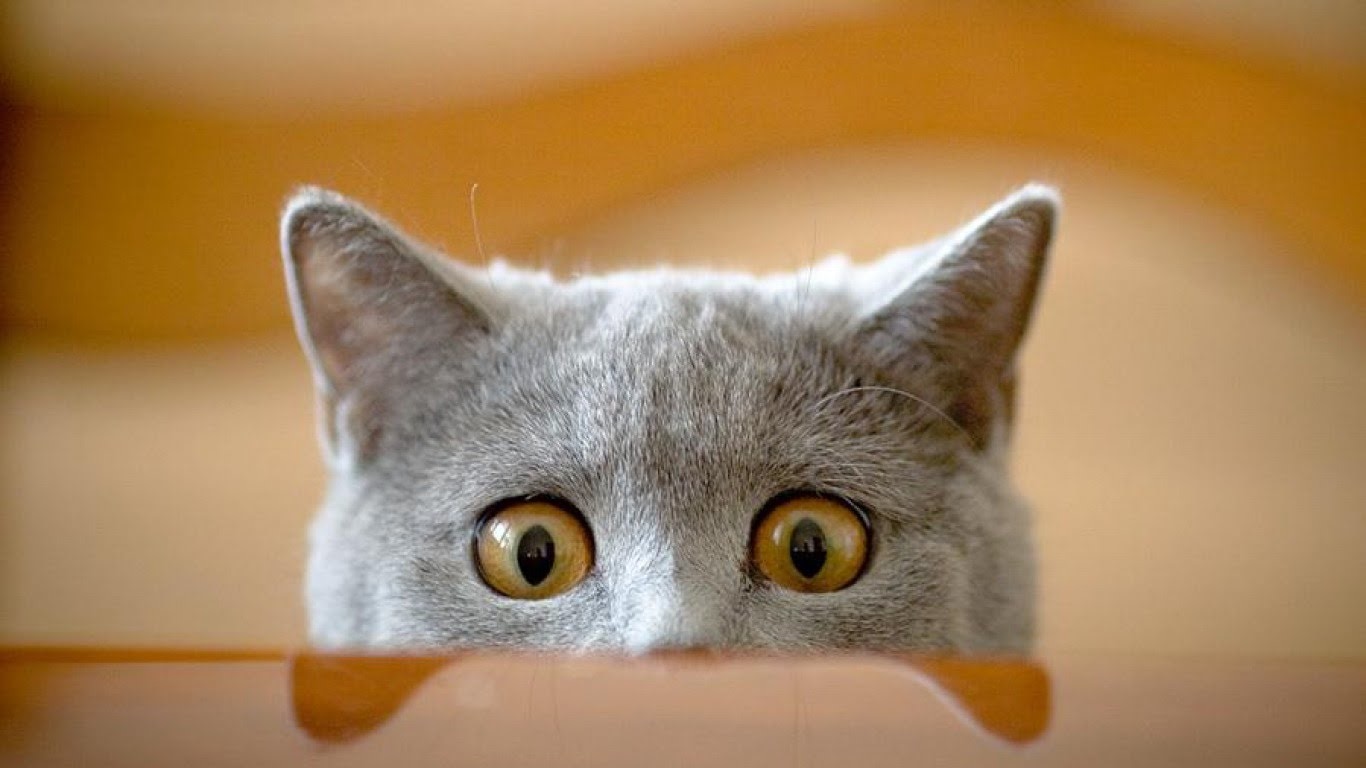"Blue’s Clues" is 20 years old. Once I got over feeling old, I couldn’t help but feel nostalgic about the show, that lovable blue puppy and, of course, Steve.
My experience with "Blue’s Clues" has been twofold. When the show first aired, I was 13. Though way out of the target demographic, I would regularly watch with my sister, who's 10 years younger. We'd work together to figure out what Blue wanted to eat for snacktime or where Blue wanted to go on a trip.
At the time, the show was fun and the songs were catchy. I appreciated the fact that the show was repeated every day so that preschoolers could learn through repetition. I didn’t know much about child development, but that sounded like a pretty good idea.
Once my younger sister outgrew the show, it mostly faded to the background of my mind. I vaguely remember Steve leaving the show and investigating the rumors that he had overdosed on heroin. I even had a slight crush on him during college. Whenever I saw a green striped shirt, I would smile.
Twenty years later, I’m a mother of two children and have rediscovered "Blue’s Clues," which still airs on Nick Jr. daily. Once my three-year-old daughter started getting interested in television, I began recording the show. At first, she watched passively, just taking it in. After a while, she began answering questions when prompted by us. Now, she shouts “A clue! A clue!” when that blue paw print appears.
Watching the show as an adult, I can’t help but notice how perfect Steve Burns was in that role. "Blue’s Clues" was one of the first shows to utilize pauses, allowing viewers to think and respond. The technique has become pretty common in preschool television. Dora the Explorer, when she isn’t yelling, stares blankly. Daniel Tiger, from the creator of "Blue’s Clues," is better, with some emotion on his cartoon face while he waits for a response. But no one did it as well as Steve.
When Steve waited for an answer, it felt genuine. He wasn’t patronizing. He wasn’t quizzing the kid viewers. From the start of the show, when Steve asks if we’ve seen his puppy, Blue, it’s clear that we’re a team. We’re playing the game together.
But he also wasn’t stupid. There’s a troubling trend in children’s programming, where the adults are clueless (I’m looking at you, "Paw Patrol"). With Steve, it wasn’t that he didn’t know the answer. The answer was always on the tip of his tongue, it was something he knew, but couldn’t quite remember. Steve was earnest. Steve cared.
Just like the children watching, Steve was always eager to learn new things. "Blue's Clues" was one of the first shows for preschoolers to incorporate American Sign Language, Steve learned signs right along with us. When he bumped into Mother Nature – after skidooing, of course – he learned all about different environments. And Steve was happy to learn from anyone he encountered – a puppy, a salt shaker, a stick figure made out of felt.
Steve seamlessly integrated into an animated world and it never seemed weird. It never seemed wrong. Blue was Steve’s puppy. Mailboxes told jokes. Side Table Drawer was always excited to play. The world Steve inhabited was real and we all wanted to be a part of it. More than anything, we believed what Steve said. When he told us he was happy to see us, it felt true. When he said he really needed our help, we were ready to help him.
"Blue’s Clues" revolutionized television for preschoolers. Integrating research into every episode, the show emphasized problem solving skills and audience participation in a way no other children’s program has before.
While "Sesame Street" focused on bite-sized segments, based on the idea that preschoolers had short attention spans, "Blue’s Clues" was a narrative, like reading a book. Stories had a beginning, middle, and end, with problems to solve along the way. The show trusted kids to remember the beginning by the time they got to the end. And if they didn’t, it was okay, because the same episode would be on tomorrow.
It’s hard not to see the influence of "Blue’s Clues" when watching television with my daughter today. "Daniel Tiger’s Neighborhood," by the same creator, also integrates the pause, with Daniel asking us, his neighbor, for help. Repetition is still key, as songs are repeated over and over in order to emphasize the lesson of the day. Show’s like "Team Umizoomi" – featuring Donovan Patton, the actor who replaced Steve Burns in 2002 – builds problem solving skills in part by introducing an issue at the start and fixing it by the end of the episode.
But there are also few shows that are broad in scope like "Blue’s Clues." So much of educational television today focuses on a specific aspect of the preschool curriculum; letters and words on shows like "Super Why!" and "Wallykazam," numbers and math on "Team Umizoomi" and "Blaze." "Daniel Tiger" focuses on social and emotional intelligence skills. "Blue’s Clues" had a little bit of everything.
When my daughter watches "Blue’s Clues," I feel like she’s in good hands. I don’t have to worry about whether the show makes sense. I know that it does. And if it doesn’t, we’ll watch again tomorrow.



